Introduction
In the realm of tea, aged white tea stands as a testament to patience, time, and the delicate interplay of nature and human craft. Unlike fresh white tea, which is celebrated for its bright, floral notes and subtle sweetness, aged white tea undergoes a transformation, developing complex flavors reminiscent of honey, caramel, and even a hint of woodiness. This evolution is akin to the aging of fine wines or spirits, where each year adds layers of depth and character.
Brewing aged white tea is an art form that requires a nuanced understanding of water temperature, steeping times, and the unique qualities of each tea leaf. It’s not merely about boiling water and dunking leaves; it’s about extracting the essence of time encapsulated within those fragile, silvery leaves. This guide aims to demystify the process and empower you to brew aged white tea that brings out its full potential.
Understanding Aged White Tea
Before diving into the brewing process, it’s crucial to understand what aged white tea is and how it differs from its younger counterparts. White tea is harvested from the buds and young leaves of the Camellia sinensis plant, typically from the Fujian province in China. Unlike other tea types, white tea undergoes minimal oxidation and is often processed using natural withering and drying methods, preserving its delicate flavors and nutrients.
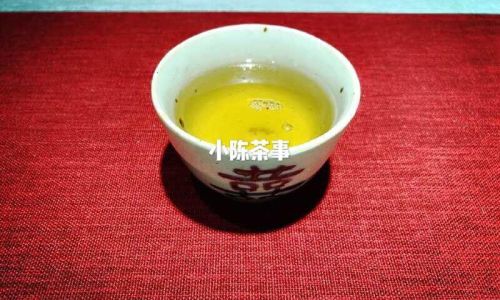
Aged white tea, specifically shou mei (a type of white tea made from larger, less processed leaves) and bai mu dan (a more refined variety with buds and smaller leaves), undergoes further aging, often in controlled environments. This aging process can last for decades, during which the tea’s chemical compounds break down and recombine, creating new flavors and aromas. Proper storage in cool, dry, and odor-free conditions is essential to prevent spoilage and ensure the tea develops desirable characteristics.
Choosing the Right Tea
The first step in brewing aged white tea is selecting a high-quality tea. Look for teas that come from reputable producers with a history of crafting exceptional white teas. Ideally, seek out teas that have been aged for at least five years, as this is generally when aged white tea starts to exhibit more pronounced and complex flavors.
When purchasing aged white tea, inspect the leaves for their appearance. Well-aged tea should have a silvery-gray hue with perhaps some darker spots indicating oxidation. The leaves should be dry and brittle, with a faint, pleasant aroma. Avoid teas that smell musty or have visible mold, as these are signs of improper storage.
Preparing Your Equipment
Brewing aged white tea requires specific equipment to ensure the best results. Here’s a list of essentials:
-
Teapot or Gaiwan: A ceramic or porcelain teapot or gaiwan is ideal for brewing aged white tea. These materials retain heat well and allow for better control over steeping times.
-
Tea Strainer: If using loose-leaf tea, a tea strainer or infuser is necessary to keep the leaves from entering your cup.
-
Kettle: A variable temperature kettle is invaluable, as it allows you to precisely control the water temperature.
-
Tea Tray: A tea tray helps keep your workspace organized and protects surfaces from potential spills.
-
Tea Cups: Small, delicate tea cups enhance the tea-drinking experience by allowing you to appreciate the tea’s aroma and color.
-
Thermometer (Optional): For those without a variable temperature kettle, a food-safe thermometer can help ensure the water is at the correct temperature.
Water Quality and Temperature
Water is the foundation of any good tea. Use fresh, cold water that is free from impurities and chlorine. Bottled water or filtered tap water is often a good choice. Avoid using distilled water, as it can lack the minerals that enhance tea flavor.
The optimal water temperature for aged white tea is between 90°C to 95°C (194°F to 203°F). This range allows for the extraction of complex flavors without scorching the leaves, which can release bitter compounds. If your kettle doesn’t have a temperature setting, bring the water to a boil and then let it sit for a minute or two before pouring.
Brewing Steps
-
Preheat Your Teapot or Gaiwan: Pour a small amount of hot water into your teapot or gaiwan and swish it around. This step warms the vessel and helps maintain an even temperature during brewing. Discard the water before proceeding.
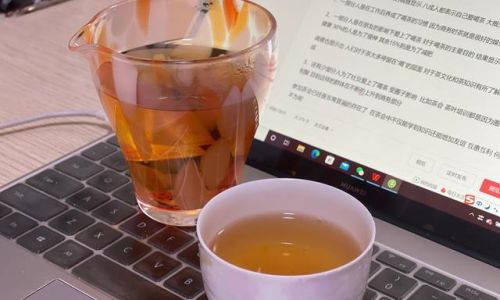
-
Measure the Tea: Use approximately 3-5 grams of aged white tea per 100 milliliters of water. Adjust this ratio based on your personal preference for strength.
-
First Rinse (Optional): Some tea enthusiasts perform a quick rinse of aged white tea to awaken the leaves and remove any dust or storage odors. Pour hot water over the leaves, let it sit for about 10 seconds, and then discard the water.
-
First Steeping: Pour hot water over the leaves, filling the teapot or gaiwan to the brim. Allow the tea to steep for 30-45 seconds. The exact time depends on the tea’s age and your desired flavor profile. Younger aged teas may require shorter steeping times to avoid bitterness, while older teas can handle longer steeping.
-
Taste and Adjust: Pour the tea into your cups and take a sip. Note its aroma, color, and flavor. If the tea tastes too weak, increase the steeping time for the next infusion. If it’s too strong or bitter, reduce the steeping time.
-
Subsequent Steepings: Aged white tea can be steeped multiple times, with each infusion revealing different flavors. Gradually increase the steeping time by 10-15 seconds for each subsequent brew. Typically, you can get 3-5 infusions from a single batch of leaves, depending on their quality and age.
Serving and Enjoying
Serving aged white tea is as much about presentation as it is about taste. Pour the tea into small, elegant cups, allowing guests to appreciate its golden-amber hue and subtle aroma before taking their first sip. Encourage them to take their time, savoring the tea’s complexity and the years of patience it represents.
Pair your aged white tea with light snacks like nuts, dried fruits, or delicate pastries. These foods can enhance the tea’s flavors and create a harmonious dining experience.
Conclusion
Brewing aged white tea is a journey through time, where each steep brings a new story to life. By mastering the art of brewing, you can unlock the profound flavors and aromas that have developed over decades. Remember, patience and attention to detail are key. With practice, you’ll develop a nuanced understanding of how different factors—from water temperature to steeping times—influence the final taste.
Aged white tea is not just a beverage; it’s a testament to the beauty of patience and the transformative power of time. As you sip your tea, consider the journey it has taken to reach your cup. Reflect on the artisans who crafted it, the mountains where it grew, and the years it spent maturing. In doing so, you’ll appreciate not just the tea, but the entire process that brought it to you.
Further Exploration
As you deepen your love for aged white tea, consider exploring different varieties and origins. Each region and producer has its unique methods and styles, leading to a vast array of flavors and experiences. Join tea clubs or attend tea tastings to broaden your horizons and meet others who share your passion.
Additionally, experiment with blending aged white tea with other teas or herbs to create unique and personalized blends. The possibilities are endless, and the journey of discovery is as rewarding as the tea itself.
In conclusion, brewing aged white tea is a practice that combines science, art, and a deep appreciation for the natural world. By following the guidelines outlined in this guide and embracing a spirit of curiosity and experimentation, you’ll unlock the full potential of this remarkable beverage. So, pour yourself a cup, sit back, and enjoy the fruits of time and tradition.


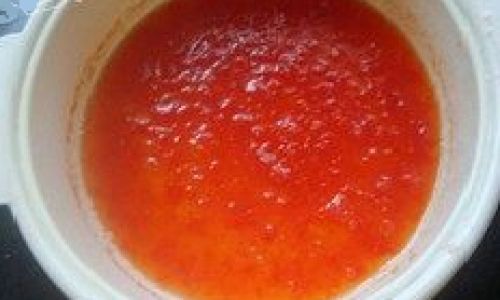
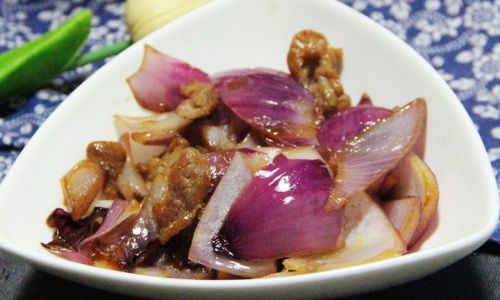
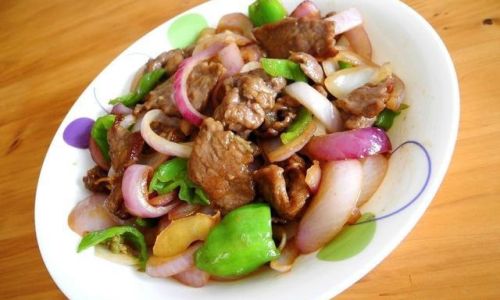
0 comments